Change can be a daunting experience for anyone, but when it comes to our furry companions, it can be even more challenging. Dogs thrive on routine, and any disruption can lead to anxiety and stress. Whether you’re moving to a new home, introducing a new family member, or simply altering your daily schedule, it’s essential to approach these changes with care. By understanding how to help your dog cope, you can ease their transition and maintain their happiness and well-being. Here are 15 ways to ensure your dog navigates change smoothly.
Maintain a Consistent Routine
Dogs find comfort in predictability. One of the best ways to help your dog cope with change is to maintain as much of their routine as possible. This means feeding them at the same times each day, sticking to their regular walk schedule, and ensuring playtime remains consistent. By doing this, you provide your dog with a sense of stability amidst the chaos.
Consistency doesn’t just apply to daily schedules. Try to keep their environment familiar, too. If you’re moving, bring along their favorite toys, blankets, and bed. Familiar scents and items can provide reassurance and comfort, making the transition smoother for your pet.
Introduce Changes Gradually
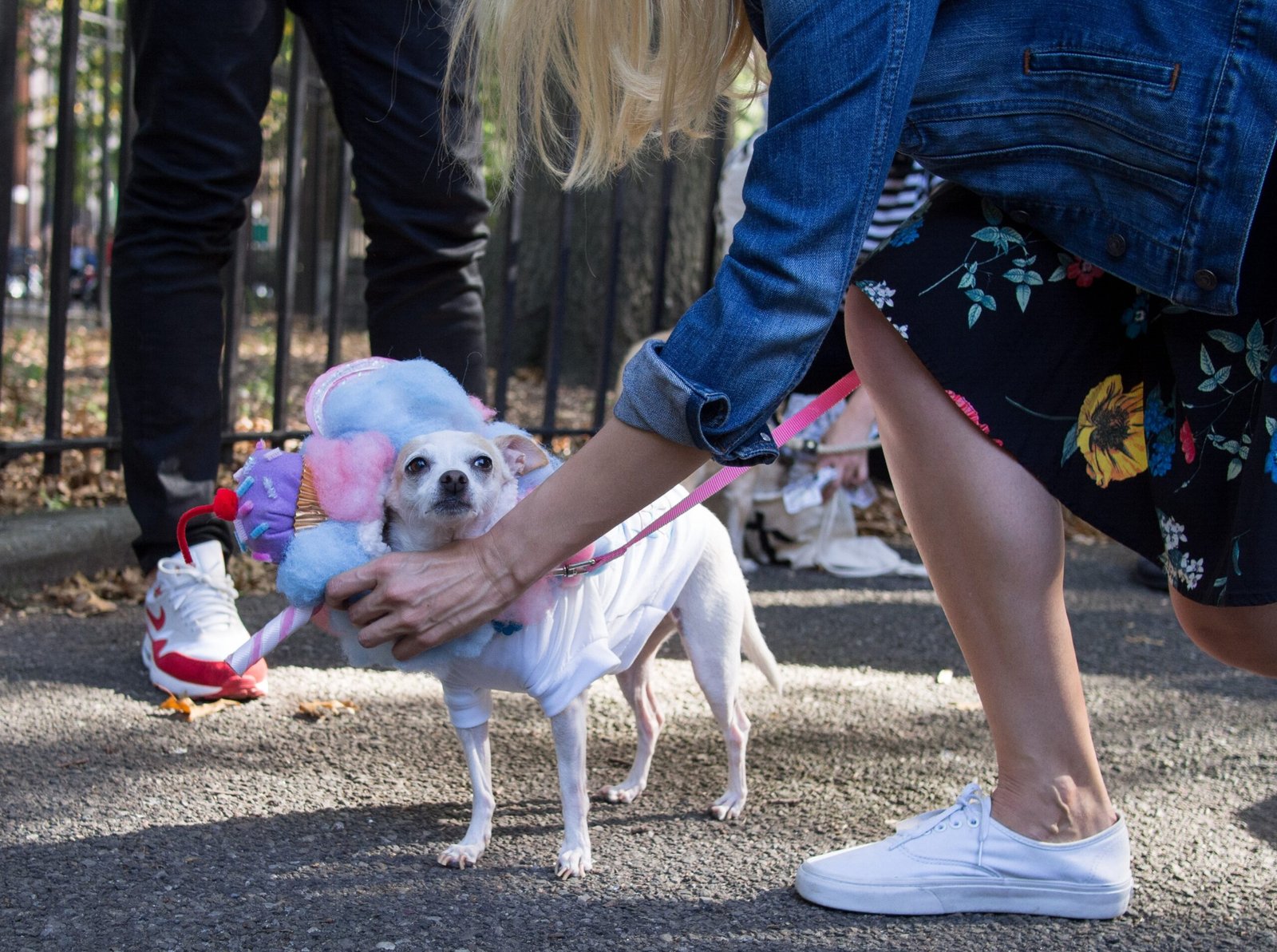
Sudden changes can be overwhelming for dogs. Whenever possible, introduce new elements gradually. If you’re moving to a new home, take your dog for visits beforehand. Let them explore the new space while you’re there to offer comfort and reassurance.
If you’re adopting another pet or welcoming a new family member, allow your dog time to adjust. Slowly introduce them to the new scent or presence, using positive reinforcement to reward calm behavior. This gradual introduction can help prevent overwhelming feelings and foster a positive association with the change.
Provide Plenty of Exercise
Physical activity is crucial for a dog’s mental health, especially during times of change. Exercise can act as a stress reliever, helping to burn off any nervous energy. Regular walks, play sessions, and even short runs can significantly reduce anxiety levels.
Ensure that your dog gets the physical activity they need. Tailor the exercise to suit your dog’s breed and age. For instance, a young Labrador may benefit from a vigorous game of fetch, while an older Pug might enjoy a leisurely stroll around the block.
Use Calming Products
There are various products available that can help soothe an anxious dog. Calming sprays, diffusers, and collars infused with pheromones can provide comfort. These products mimic the natural calming scent a mother dog produces, helping to reduce stress in dogs.
Another popular option is anxiety wraps or vests. These snug-fitting garments apply gentle pressure to a dog’s body, similar to swaddling a baby, creating a sense of security. They are especially useful during stressful situations like thunderstorms or fireworks, and can be equally effective during periods of change.
Offer Mental Stimulation
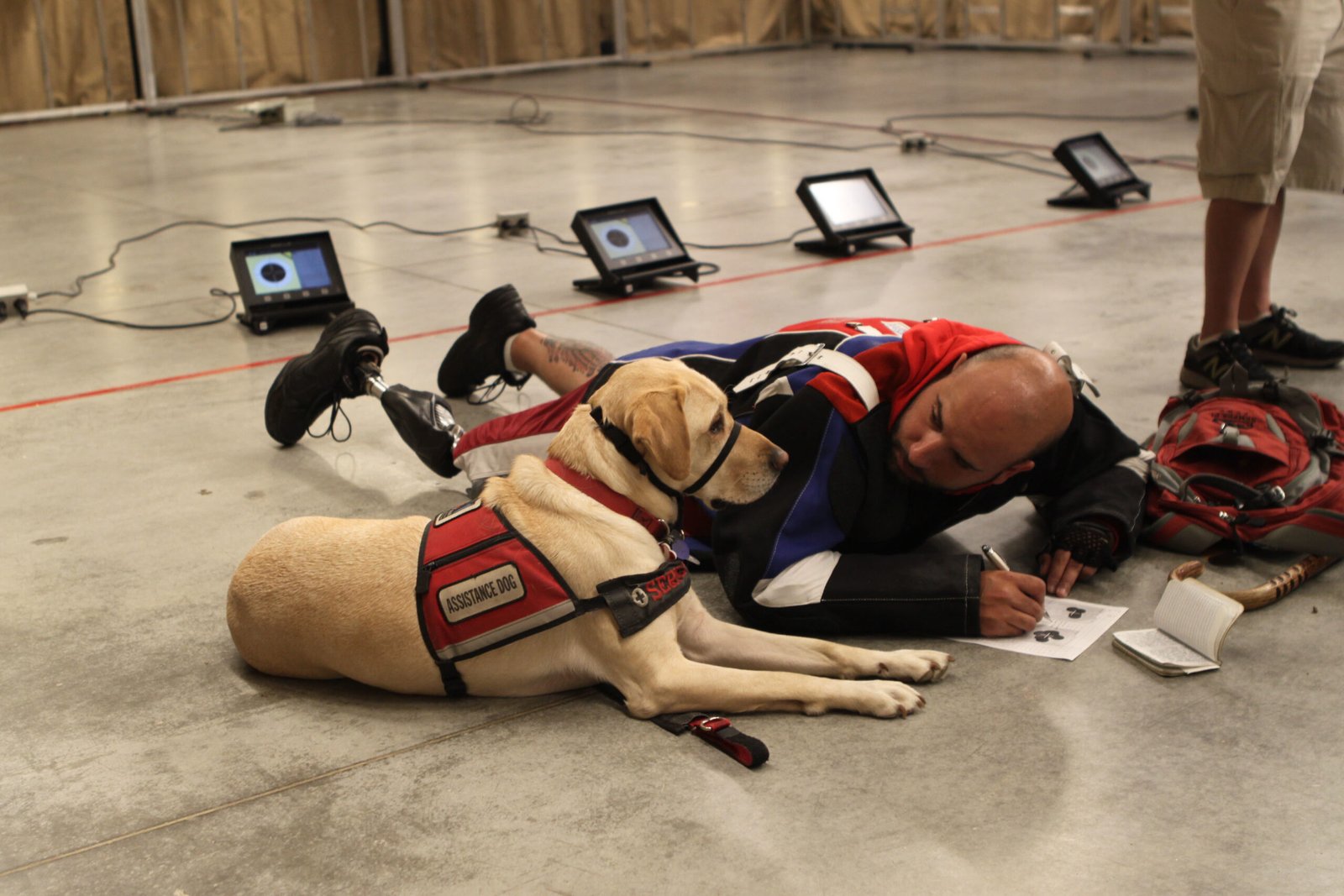
Mental stimulation can be just as important as physical exercise. Engaging your dog’s mind can distract them from the stress of change. Puzzle toys, treat-dispensing games, and training sessions can keep your dog occupied and happy.
Consider teaching your dog new tricks or commands. Not only does this provide mental engagement, but it also strengthens the bond between you and your pet. Remember to keep sessions short and fun, using treats and praise to reward cooperation and learning.
Ensure a Safe Space

Creating a safe and comfortable space for your dog is vital during times of change. This could be a quiet corner of the house where they can retreat to when feeling overwhelmed. Make sure this area is stocked with their favorite toys and a cozy bed.
A safe space is more than just a physical environment. It’s about creating a space where your dog feels secure and protected. Respect their need for alone time and avoid forcing them to interact or engage when they seek solitude.
Provide Positive Reinforcement
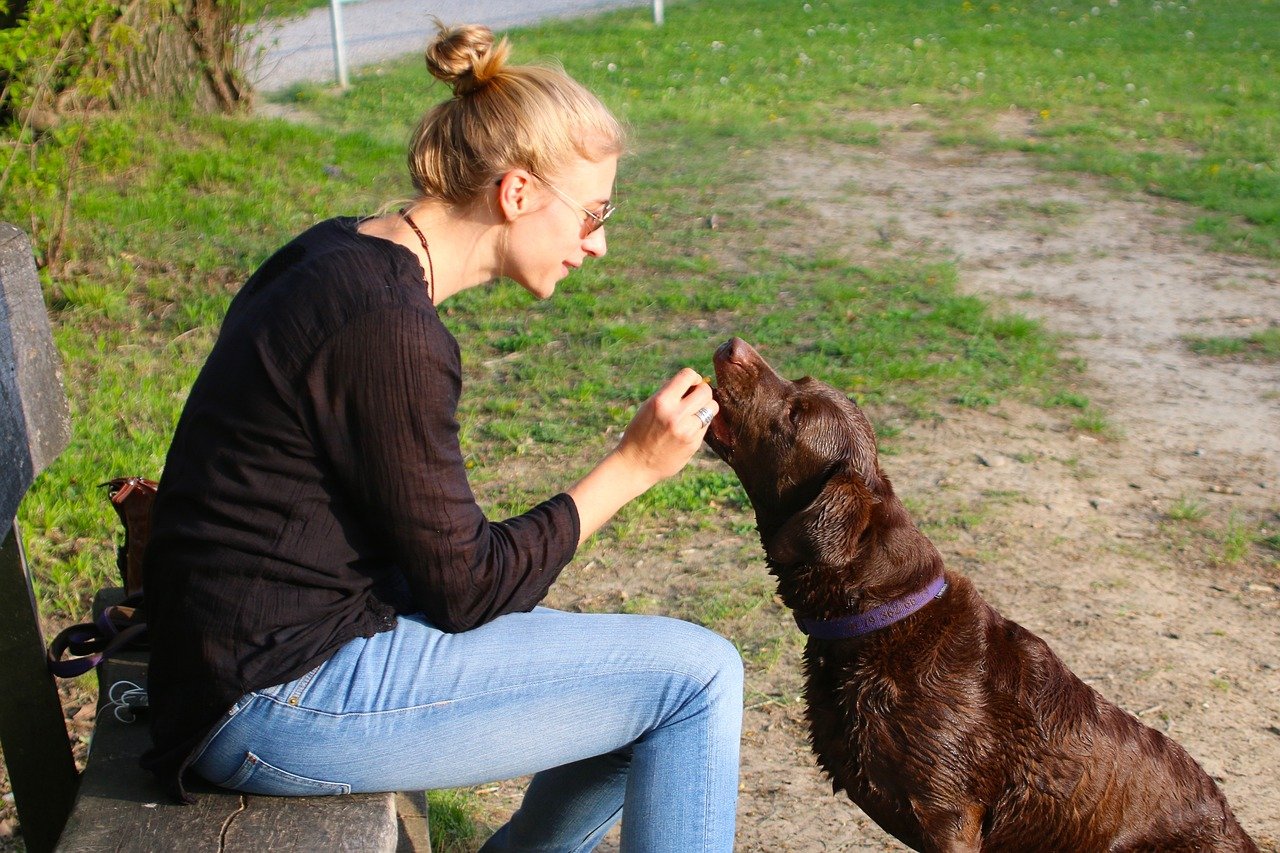
Positive reinforcement is a powerful tool in helping your dog adjust to change. Reward your dog with treats, praise, or playtime whenever they display calm behavior in new situations. This helps them associate change with positive outcomes.
Be patient and consistent with your rewards. If your dog seems anxious or nervous, provide gentle encouragement and reassurance. Over time, your dog will learn to view changes more positively, reducing their overall stress levels.
Monitor Your Dog’s Behavior
Pay close attention to your dog’s behavior during periods of change. Look for signs of stress such as excessive barking, chewing, or accidents in the house. Early detection allows you to address these issues before they escalate.
If you notice persistent anxiety or behavioral changes, consult with a veterinarian or a professional dog behaviorist. They can offer guidance and develop a tailored plan to help your dog cope with the changes they’re experiencing.
Keep Communication Open
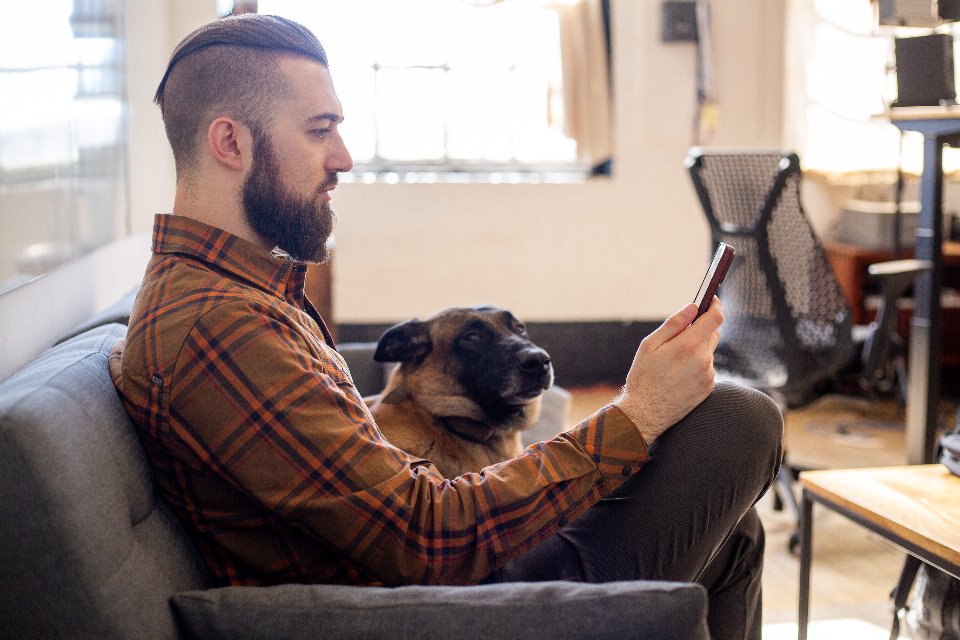
Communication with your dog is crucial, even if it doesn’t involve words. Dogs are intuitive creatures, and they often pick up on our emotions. Stay calm and reassuring, using a soothing tone to convey your support.
Physical touch can also communicate comfort. Gentle petting and cuddles can reassure your dog of your presence and love. Remember, your dog looks to you for guidance and support, so maintaining a calm demeanor is essential.
Limit Exposure to Stressors
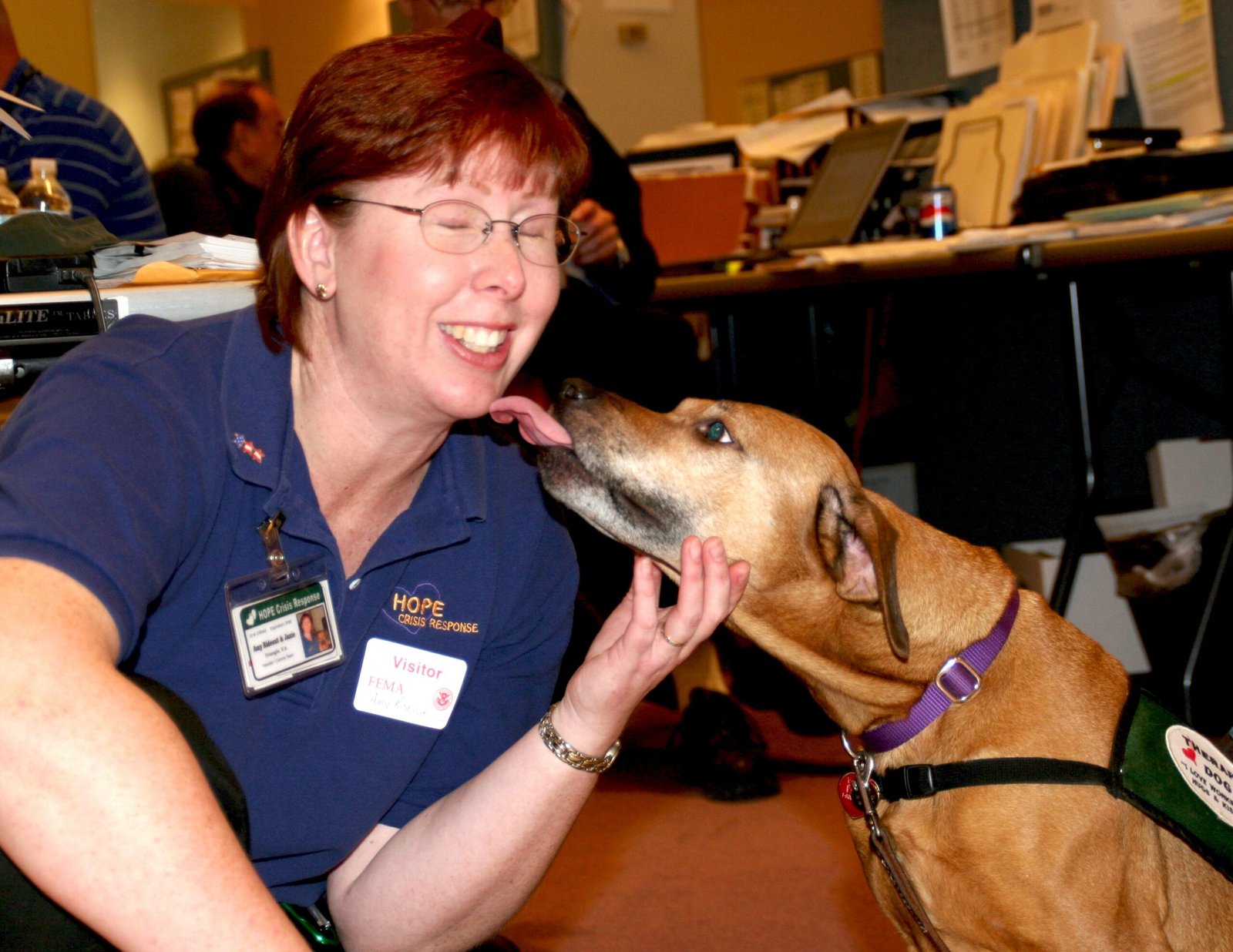
Identify potential stressors and limit your dog’s exposure to them as much as possible. Loud noises, unfamiliar people, or chaotic environments can heighten anxiety during times of change. If you’re aware of specific triggers, take steps to minimize their impact.
For example, if your dog is sensitive to loud noises, create a quiet environment with soothing music or white noise. During social gatherings, provide a quiet retreat where your dog can escape the hustle and bustle.
Engage in Relaxation Techniques
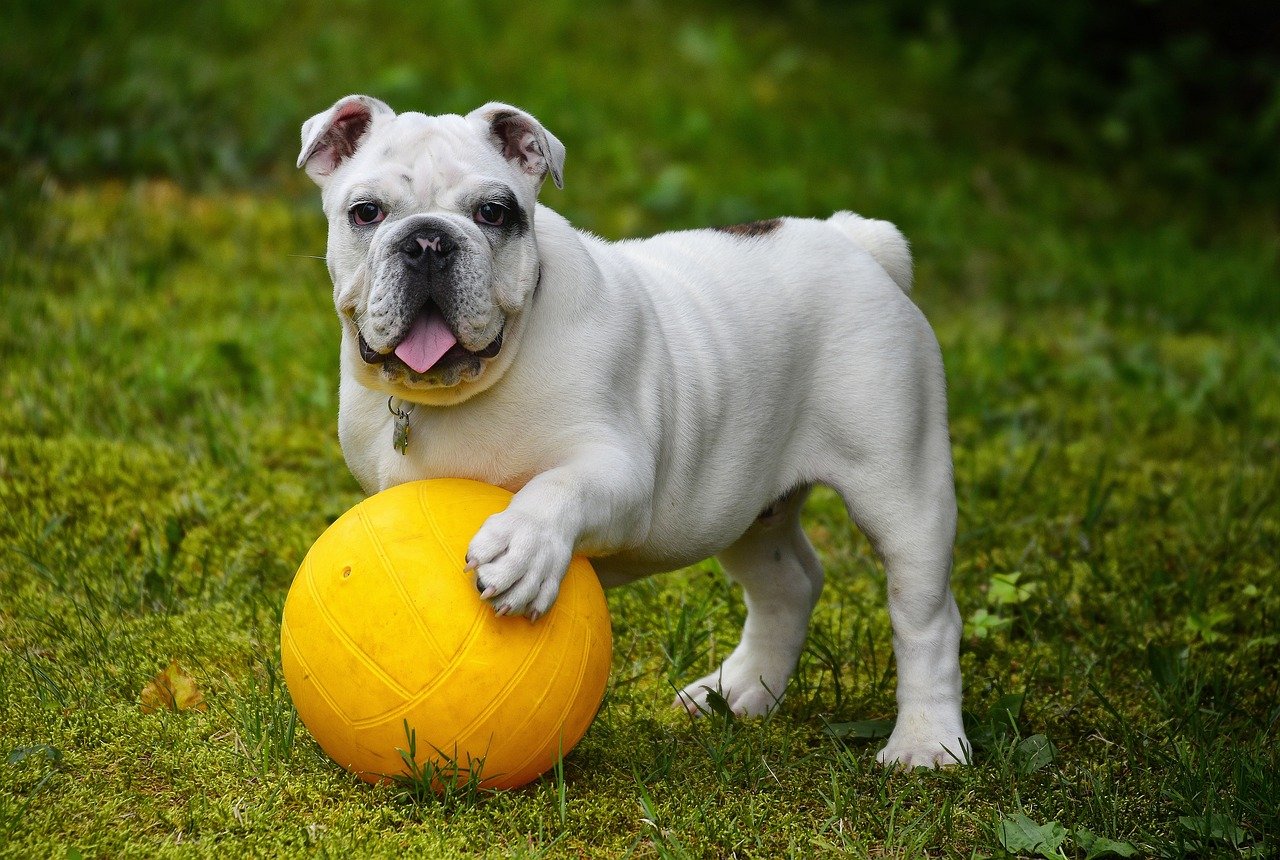
Just like humans, dogs can benefit from relaxation techniques. Massage, for instance, can help alleviate tension and promote relaxation. Gently massage your dog’s back, neck, and shoulders to reduce stress and provide comfort.
Another technique is deep breathing exercises. While dogs don’t breathe the same way humans do, encouraging slow, steady breathing through gentle guidance can help calm an anxious dog.
Encourage Socialization
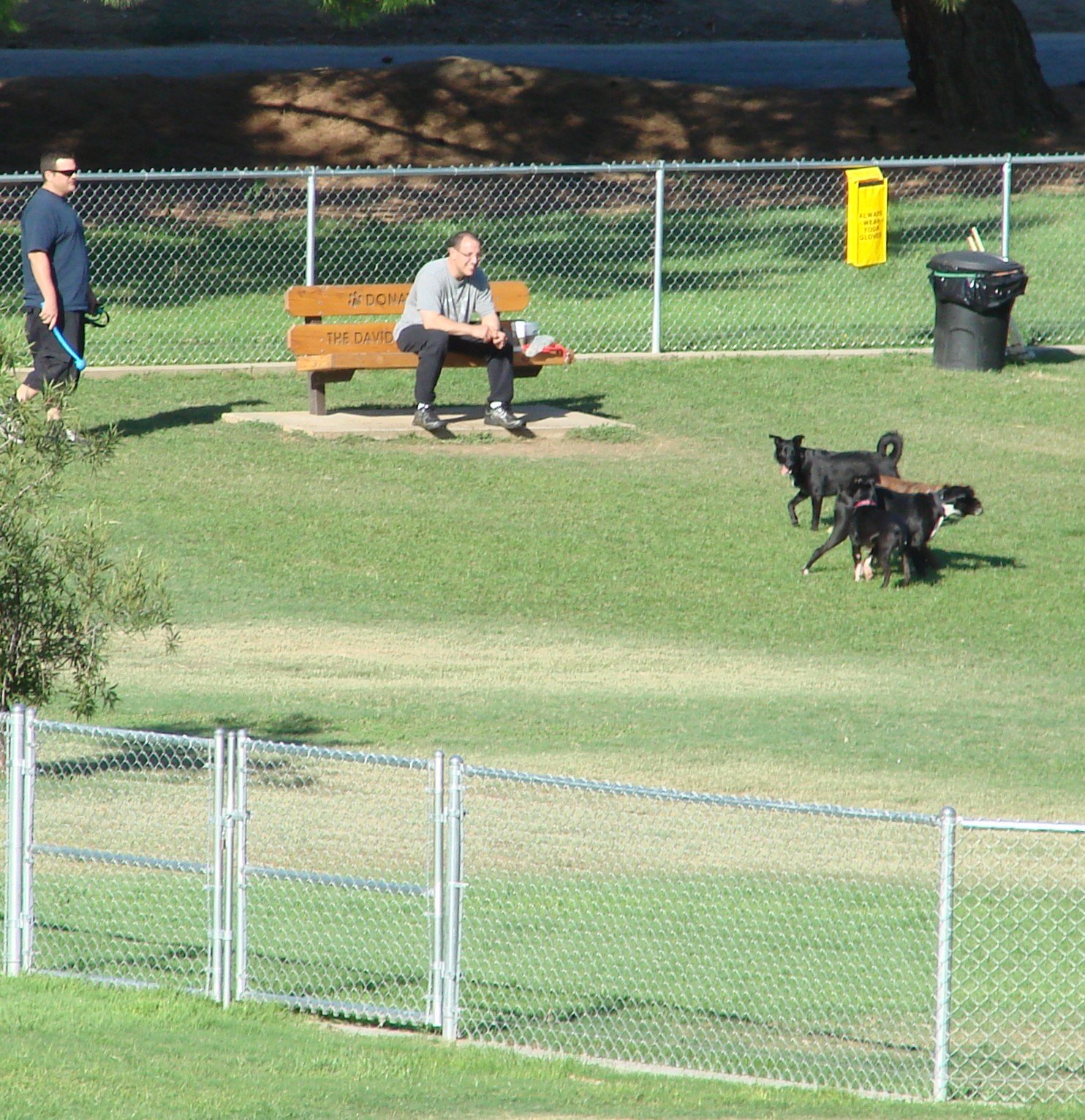
Socialization plays a crucial role in helping dogs adapt to change. Introduce your dog to new environments, people, and other animals gradually. This exposure can build confidence and reduce fear of the unknown.
Organize playdates with other dogs or take trips to the local park. These interactions provide valuable learning experiences and can help your dog develop coping skills for dealing with change.
Consult a Professional
Sometimes, professional help is necessary. If your dog struggles to cope with change despite your efforts, consider consulting a veterinarian or a certified dog trainer. They can offer expert advice and tailored solutions for managing anxiety.
Professional intervention can be particularly beneficial for dogs with a history of anxiety or behavioral issues. A customized plan can address underlying concerns and promote a smoother transition during times of change.
Practice Patience and Understanding
Change is difficult, and it’s essential to practice patience and understanding with your dog. Remember that they rely on you for guidance and support. Your patience and empathy can make all the difference in helping them navigate new experiences.
Avoid rushing the process, and take things one step at a time. Celebrate small victories and be there for your dog every step of the way. With time and effort, your dog will learn to embrace change with confidence.
Celebrate Progress
Finally, celebrate your dog’s progress as they adapt to change. Recognizing their achievements, no matter how small, reinforces positive behavior and boosts their confidence. This encouragement can make future transitions smoother and less stressful.
Celebrate with treats, toys, or extra playtime. Your dog will appreciate the acknowledgment, and it will strengthen your bond. Remember, every step forward is a step towards a happier, more adaptable furry friend.

Andrew Alpin from India is the Brand Manager of Doggo digest. Andrew is an experienced content specialist and social media manager with a passion for writing. His forte includes health and wellness, Travel, Animals, and Nature. A nature nomad, Andrew is obsessed with mountains and loves high-altitude trekking. He has been on several Himalayan treks in India including the Everest Base Camp in Nepal.






